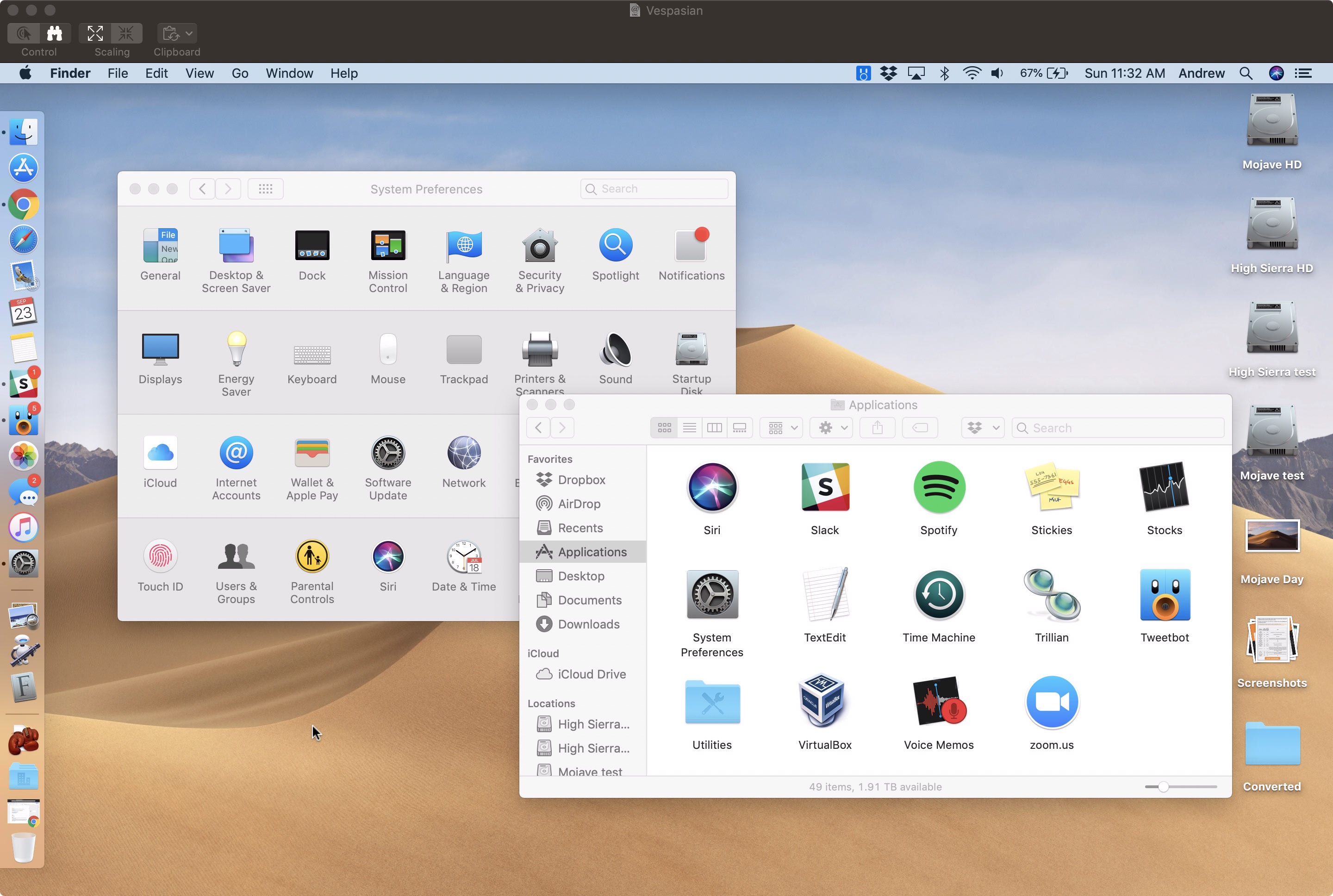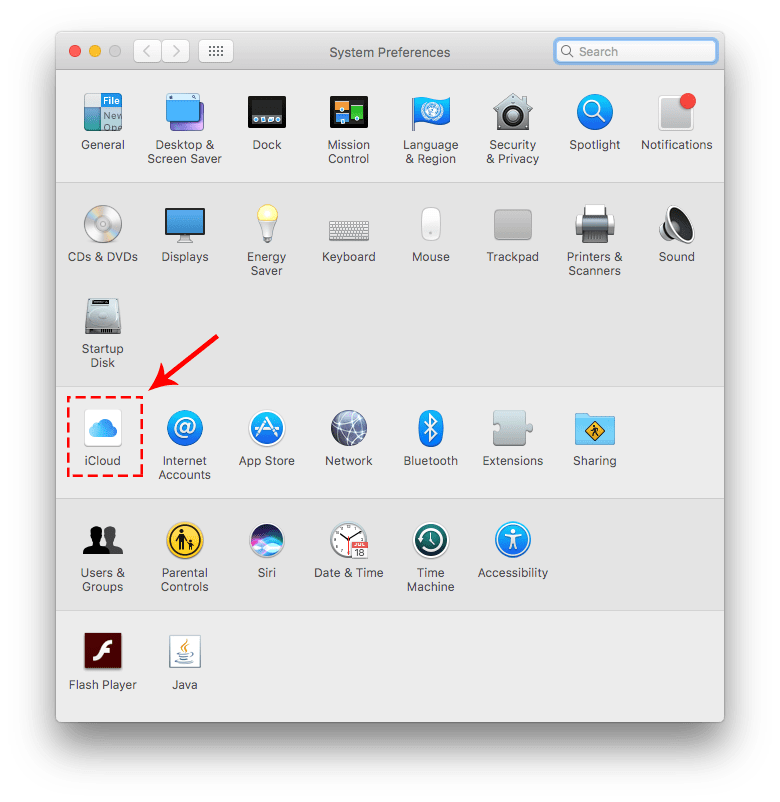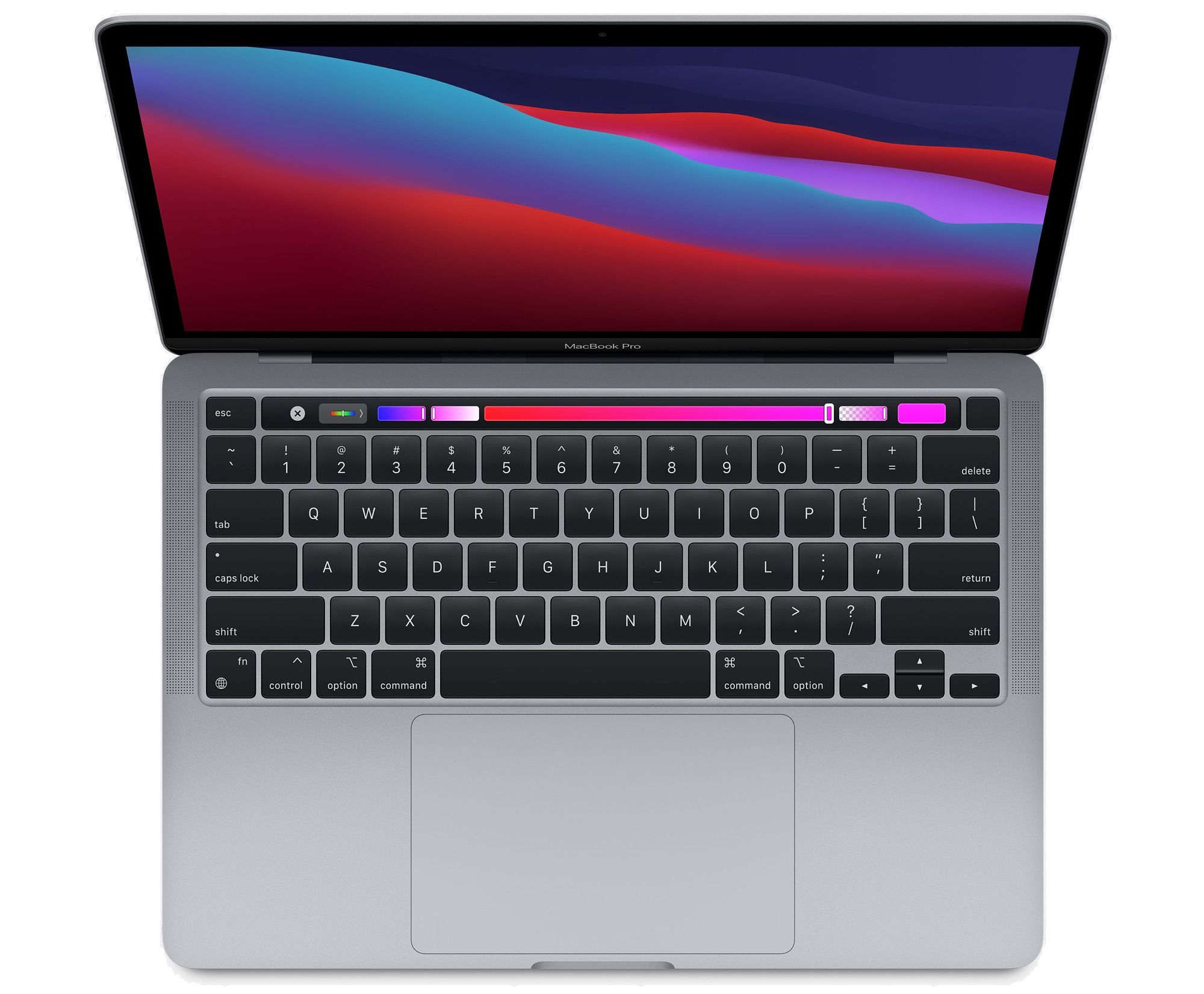


clusters:Ĭlient-certificate: /Users/myname/.minikube/client.crtĬlient-key: /Users/myname/.minikube/client.keyĬopy the ~/.minikube/client.* files referenced in the config from your linux minikube host. Note that the insecure-skip-tls-verify: true is needed because the https certificate generated by minikube is only valid for the internal IP addresses of the VM.
Access system settings for ports on my mac install#
If you haven't already, install kubectl on your mac: Īdd a cluster and associated config to the ~/.kube/config as below, modifying the server IP address to match your newly exposed VM IP.Don't muck with the default network adapters configured by minikube: minikube depends on these. Not sure how this would work if you're using hyperkit. For me, this was done through modifying the minikube VM in the VirtualBox UI and required VM stop/start. Get your minikube VM onto the LAN by adding another network adapter in bridge network mode.I had the same problem recently and solved it as follows: Is that about right? Am i missing something here? They asked to install their utility on linux box and also setup port forwarding in the router settings which will port forward from host port to guest port. In my case it will be something like this VBoxManage modifyvm "VM name" -natpf1 "guesthttp,http,30000,8080"Īm i thinking along the right lines here?Īlso for remotely accessing the same minikube dashboard address, i can setup a like service. Now from what i understand i am using virtualbox (the default vm option), i can change the networking type (to NAT with port forwarding) using vboxnet command VBoxManage modifyvm "VM name" -natpf1 "guestssh,tcp,2222,22" What i want to do is access minikube dashboard from my macbook (running on 192.168.0.11) in the same LAN.Īlso I want to access the same minikube dashboard from the internet.

Minikube dashboard also comes up successfully. Kubectl is now configured to use the cluster.

Starting local Kubernetes v1.8.0 cluster. Minikube start command completes successfully as well minikube start Installed single node minikube (0.23 release) on a ubuntu box running in my lan (on IP address 192.168.0.20) with virtualbox. Kubernetes newbie (or rather basic networking) question:


 0 kommentar(er)
0 kommentar(er)
